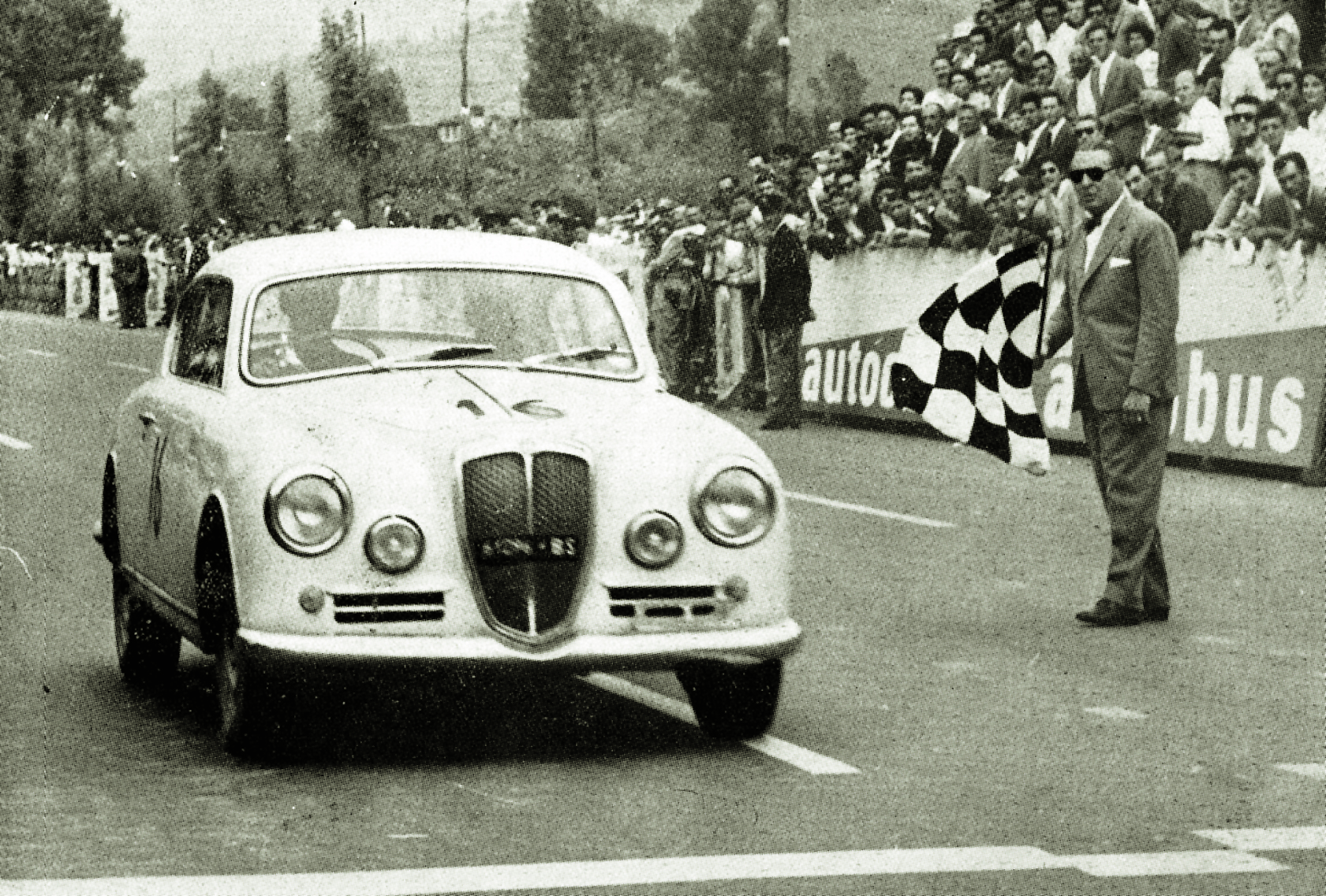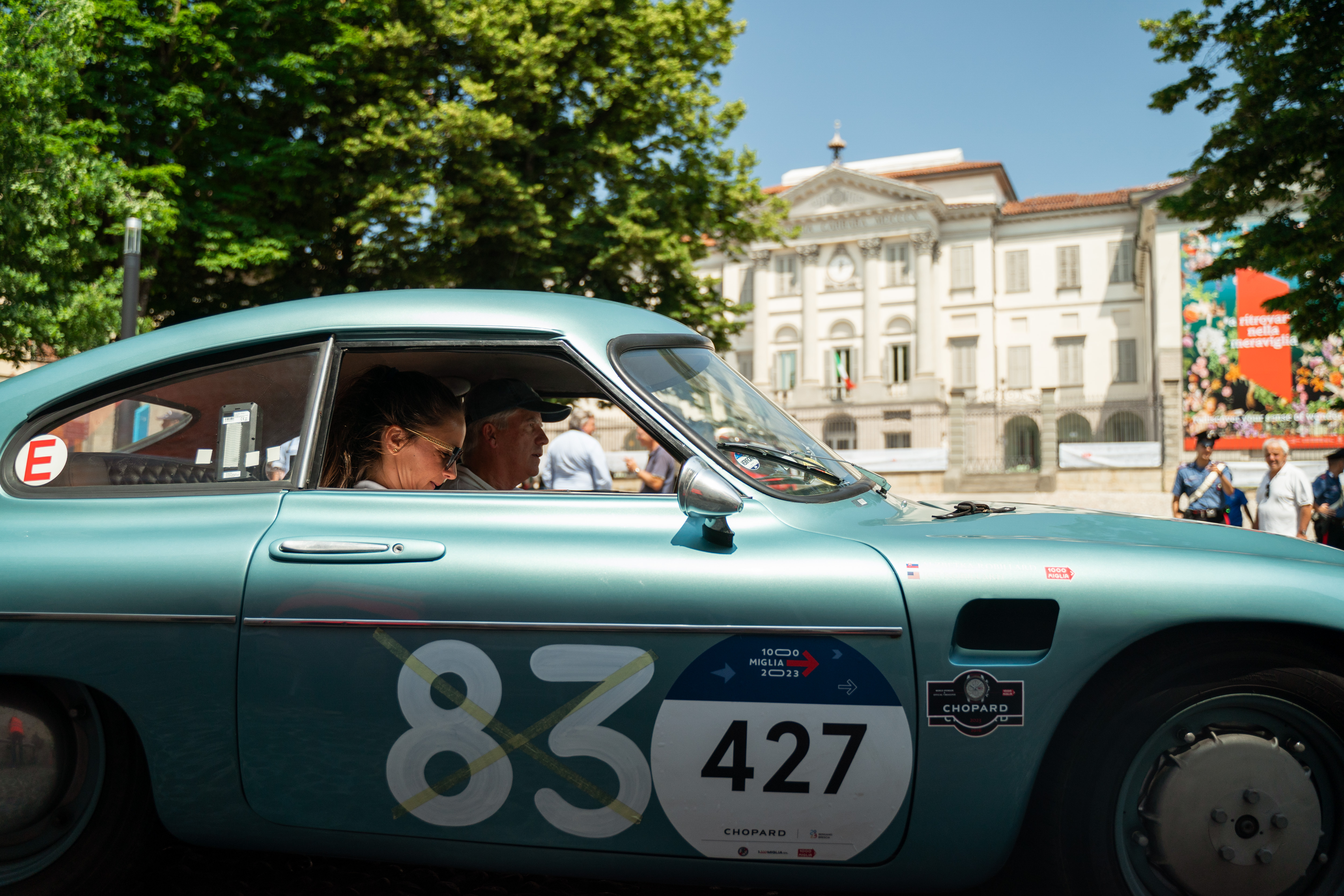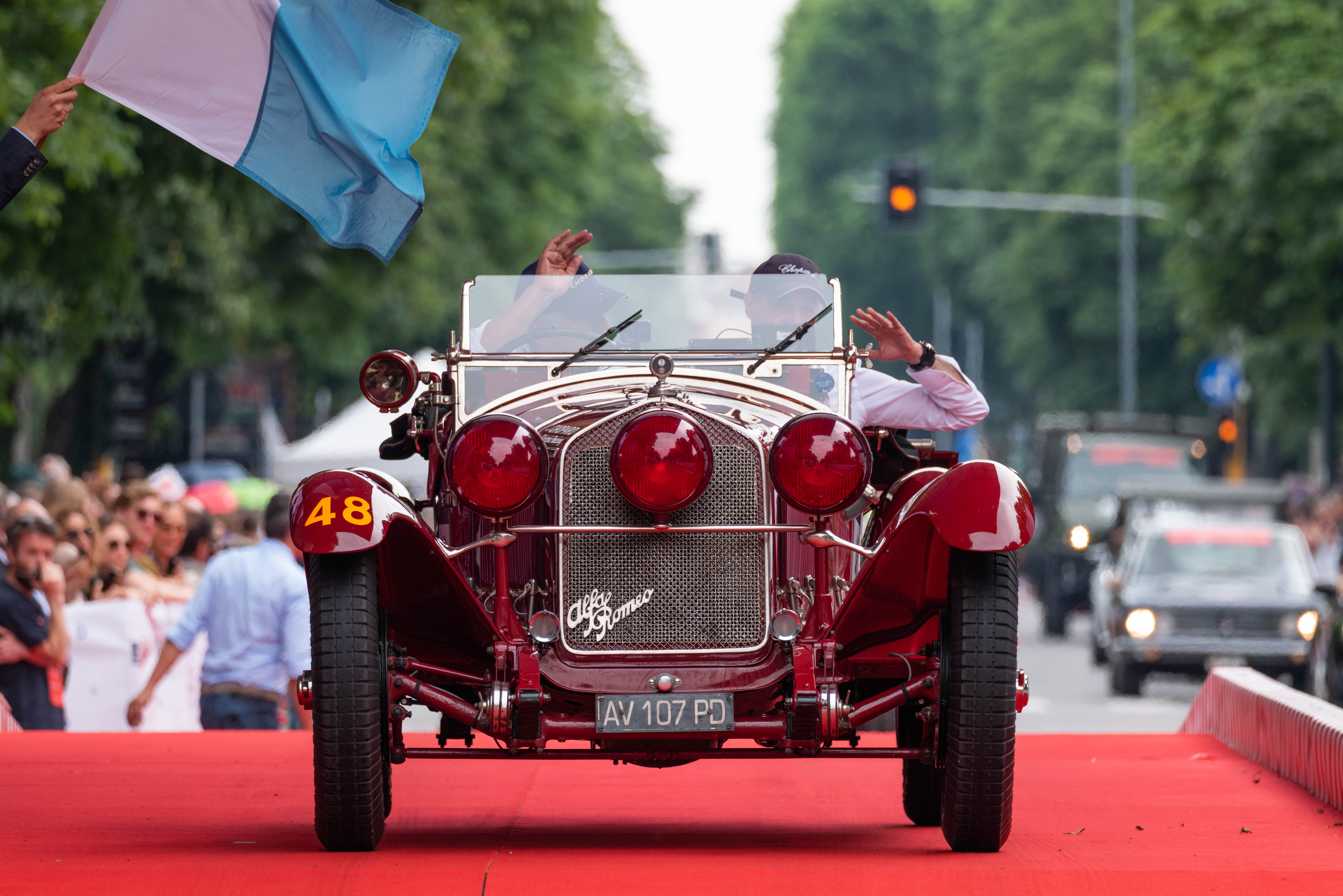An icon of world motorsport, the 1000 Miglia race embodies technical excellence, passion for classic cars and racing against time. For more than seventy years now, this legendary race has captured the imagination of motor racing enthusiasts around the world, and has come to symbolize prestige and glamour.
Origins and History
1000 Miglia’s history began in 1927, when the first edition of the race took place as an open-road race across northern Italy. Organized by A.C. (Automobile Club) Brescia, the race took place on a 1,600-kilometer circular route, starting and ending in Brescia, while going through iconic cities such as Milan, Bologna, Florence and Rome. It soon became one of the world’s most prestigious and feared races.

In the 1930s, the 1000 Miglia (or “mille miglia”) attracted the world’s best drivers and most advanced cars of the time, with legendary brands, the likes of Alfa Romeo, Mercedes-Benz and Bugatti, competing for glory. The race, however, was discontinued for decades after the 1957 accident in which driver Alfonso de Portago, his co-driver and 11 spectators lost their lives.
The Rebirth
The 1000 Miglia race legend could not, however, be so easily halted. In 1977, the race was brought back to life as a regularity race for classic cars, thus keeping up with the customs and excitement of the original competition. The focus was all on safety and on the beauty of well-preserved historic cars. Ever since its comeback, the 1000 Miglia race has been held every year, and has become a must-see for car enthusiasts. It is, beyond any shadow of a doubt, a celebration of Italian automotive culture.
The Race
The modern 1000 Miglia is a four-day race through Italy’s breathtaking landscapes, charming cities and scenic roads. Vehicles taking part in the race must have been manufactured prior to 1957. Cars are divided into separate categories depending on the year they were manufactured and their engine displacement. Participants do not compete on speed, but on precision. The fastest car will not be the winner, as the winner will be the car that will have managed to more closely keep the pre-determined and specific average speed along the entire route.

The 2024 edition of the “1000 Miglia”: routes and segments
Every year the 1000 Miglia race has some surprises in store. This coming edition will see the first-ever passage into Genoa, with a view of the harbor and participating cars parading along the waterfront. With the five-day race and the month of June having been confirmed, the more than 400 cars in the convoy will be passing through seven Italian regions and will do so in a counterclockwise route, just as in 2021.
After starting in Brescia on the afternoon of Tuesday, June 11, the first leg of the race will end in Turin after going through Bergamo, Novara and Vercelli.

Once having departed from the Savoyard city, the second day will see the convoy going south, down the Langhe hills and through the center of Alba after which it will be heading to Genoa, the 2024 European Capital of Sport, where the first race lunch will be held. After the break, the race will leave the Riviera di Levante behind and head to Viareggio, on the Tyrrhenian coast, where the second day of the race will come to an end. The third leg of the race will see the convoy heading down to Rome, with a detour into the Tuscan hinterland and through Lucca, before heading back to the coast, to Livorno, and then to Castiglione della Pescaia where it will break for lunch. In the afternoon, the cars will be passing through Grosseto, and will be entering into Lazio where they will be going down Lake Bolsena before ending the day with a parade in Via Veneto, in Rome.
With the Capital city being the halfway point of the race, the convoy will once again start heading north on the fourth day of the race as they will be driving up to Orvieto before stopping for lunch in Solomeo, a quaint medieval village nestled in the Umbrian hills. Siena and Prato will be visited by the convoy in the afternoon of the fourth day of the journey after which drivers and navigators will be crossing the Futa and Raticosa passes prior to reaching the arrival point in Bologna. From Bologna, the final leg of the race will be going through Ferrara, Mantua, Lake Garda with the Valtenesi and Salò prior to the traditional parade in Brescia’s Viale Venezia.
Photos from 1000 Miglia official website

